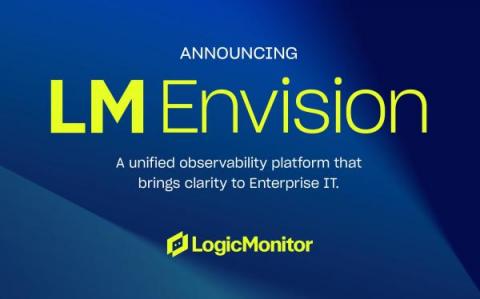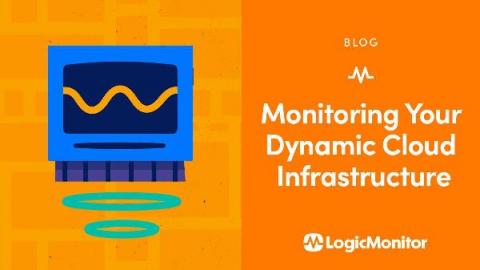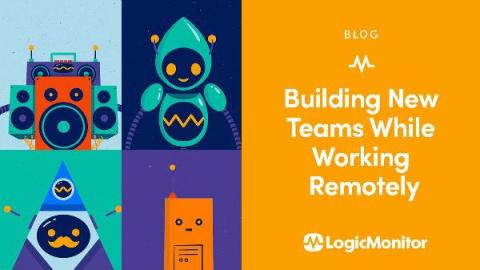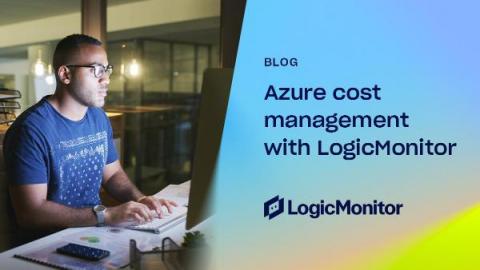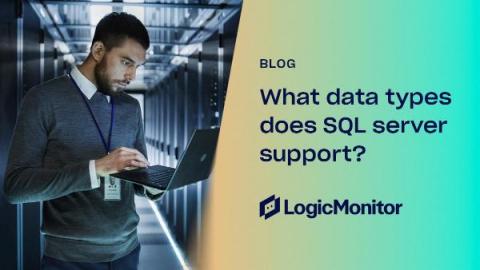Introduction to CI/CD
In a business world where time is money and every dollar counts, efficiency and productivity are critical success factors. Continuous Integration (CI)/Continuous Deployment (CD) is a process that helps organizations rapidly release software with confidence The process relies heavily on automation and modern cloud-based services to provide tools for build management, monitoring, testing, and deployment automation.



